What do terms like systemic racism, microaggression and white fragility mean?
Understanding such terms is important in efforts to tackle racism, experts say.
Systemic racism. White privilege. Institutional racism. Microaggression. White fragility.
As protesters decry and demand deeply entrenched forms of racism be rooted out, the phrases commonly heard in the parlance of a grassroots movement gone global have become part of the mainstream dialogue.
But what do those terms mean?
Understanding these terms and their meanings is important, sociology and African American experts say, for anyone who hopes to be a meaningful ally in tackling racism.
"For far too many whites, if there is not a boogey man who can be pointed out and forced to apologize then racism doesn't exist," said Mark Anthony Neal, a professor of African and African American Studies at Duke University. "If you are a white ally, you listen to the messaging and you go back to your people, your company, your institution, your father and you share what you learned and heard. I don't need you to feel my pain I need you to have influence with those who are responsible for my pain to help address the issues."
Here's a breakdown on the phrases by those who are seeking to dismantle racism.
Systemic racism: Refers to the rules, practices and customs once rooted in law. These may have changed over time, resulting in a facade of "equality," but the residual effects reverberate throughout entire societal systems, said Andra Gillespie, an associate professor of political science and director of the James Weldon Johnson Institute at Emory University.
For example, while redlining -- a multifaceted practice of denying financial, government and other services to people in certain neighborhoods or communities based on race or ethnicity -- is illegal, the homes in those communities, as a result of that long-standing practice, often haven't appreciated at the same rate as in white suburban communities, sociology and policy experts said. This means that, when people of color who live in redlined communities get ready to sell their homes, they receive far less in proceeds and have far less capital to leverage.
Additionally, these communities tend to have a lower tax base and as a result, their schools have fewer resources to educate children of color. That puts those communities' kids behind their white peers academically, epidemiology, sociology and African American studies experts told ABC News.
Redlining represents systemic racism in that "there was collusion between different systems -- the removing of resources by financial systems, disinvestment by city governments, benign neglect, banks had to be involved, realtors. The legacy of redlining is the basis for color-blind racism," said Zinzi Bailey, a social epidemiologist at the University of Miami Miller School of Medicine’s Jay Weiss Institute for Health Equity at the Sylvester Comprehensive Cancer Center.
Separating people out in this way makes it easier to deny certain zip codes and neighborhoods resources such as grocery stores, bicycle lanes, public transportation and more by making the argument that those residents don't need or can't financially support such amenities so why even bother building them, Bailey said.
Some experts point to the Baltimore neighborhood where, Freddie Gray, was arrested in April 2015, suffered a spinal injury in police custody and died as an example of the impact of systemic racism. Gray was arrested in Gilmore Homes, a public housing complex in his community. It is an area that activists said lacked adequate grocery options, sufficient public transportation to other parts of the city, had public schools with fewer resources and higher numbers of students on free and reduced lunch, and, at the time, a stepped up police presence.
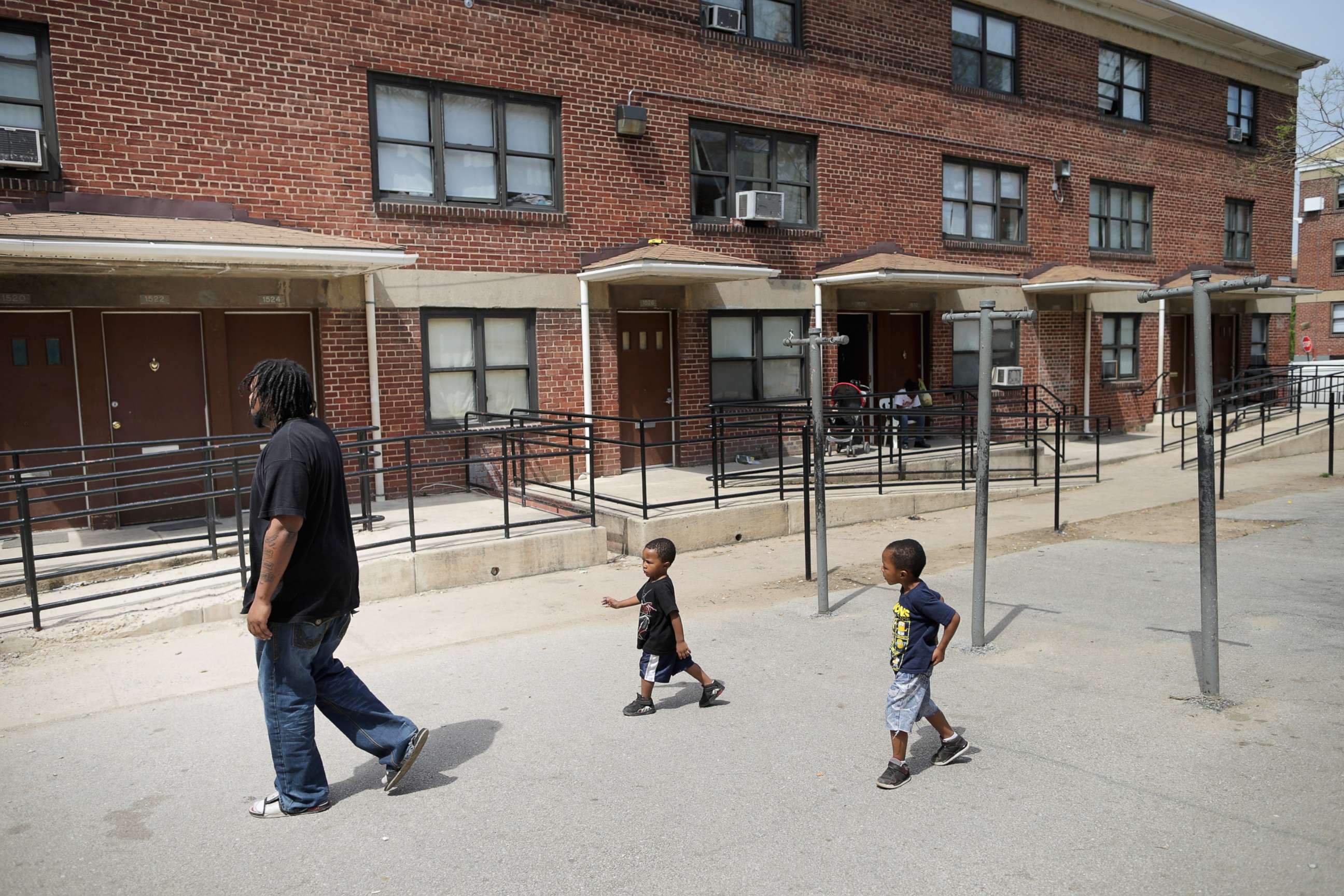
Sociology, public policy and African American studies experts say in many ways systemic racism is like a large spider web -- with each corner and fiber representing government and social systems -- all supporting the overall integrity of the web.
Dismantling "systemic racism means looking at systems that reproduce racism, law enforcement, real estate, education, health, all of it, " Neal said.
Structural racism-- The term refers to "A system in which public policies, institutional practices, cultural representations, and other norms work in various, often reinforcing ways to perpetuate racial group inequity. It identifies dimensions of our history and culture that have allowed privileges associated with 'whiteness' and disadvantages associated with 'color' to endure and adapt over time. Structural racism is not something that a few people or institutions choose to practice. Instead it has been a feature of the social, economic and political systems in which we all exist," according to the Aspen Institute's Roundtable on Community Change.
Structural racism refers to interdependence of one institution to the next, said Alyasah Sewell, an associate professor of sociology at Emory University and the founding director of The Race and Policing Project. It functions much as the sections of a spider web, each touching the next, she said.
"It's when black kids are disproportionately put into special education classes, become disruptive out of boredom, are expelled from school, and then they are criminalized as adults," Sewell said. "Once you get in that space of being in prison it locks you into a trajectory in life of competing for resources. Once you have the mark of a criminal, it invades every aspect of your life. You can't get an apartment or a job."
Structural racism is currently playing out in the ways people of color who disproportionately make up the invisible army of workers -- all now deemed "essential" to help the nation reopen are being impacted, Bailey said.
"We're able to see differences in how people are valued," said Bailey who co-authored a 2017 paper in The Lancet examining racial health inequity.
Institutional racism If systemic racism is the large spider web, and structural racism the sections of the web that touch, then institutional racism is the threads that run throughout, experts say. It is racism that occurs within social and governmental institutions and refers to the blocking of people of color from the distribution of resources in a systematic way that benefits whites, Sewell said.
The term hails from the 60s-era black radical movement and was used by activist Stokely Carmichael, who would later be known as "Kwame Ture" and sociologist Charles V. Hamilton in "Black Power: The Politics of Liberation."
In application, it might look like a lender charging a black college student seeking to purchase their first car so they can have transportation to a better paying job a much higher interest rate than a young white customer, Sewell said. As a result, the black customer will see less of her check from that new job, have less money available to pay tuition and be forced to work more hours to be able to afford the note than her white classmate therefore taking away time from her studies and putting her behind academically.
Predatory lending practices that targeted minorities and their communities in the 1990s with disproportionately high fees, payment structures and interest rates fed into the wave of foreclosures during the 2008 U.S. housing crisis, research from such organizations as Princeton University later found.
Military rules, since revised for several branches, that disallowed for hairstyles such as locs, cornrows and braids are also an example of institutionalized racism, Gillespie said.
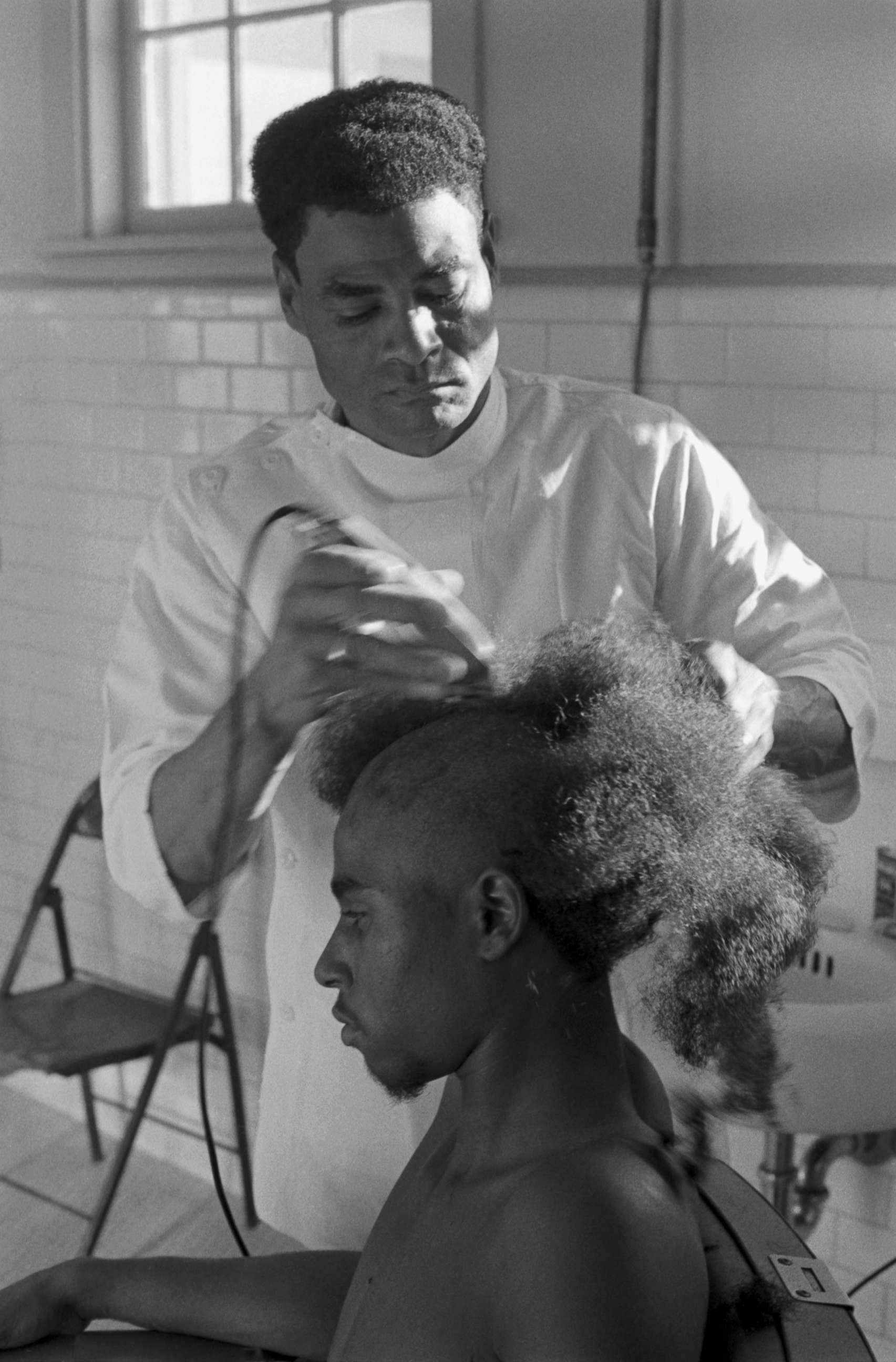
"It may not have been intended to discriminate, but it doesn't consider that difference in hair texture," Gillespie said. "The kid wearing dreadlocks doesn't get penalized in the same way as his classmate. It's about making rules that have a disparate impact on people of color."
The impacts of institutional racism start as early as when a child of color is born, and even when that child is in the womb, experts said.
"Institutional racism results in data showing racial gaps across every system. For children and families it affects where they live, the quality of the education they receive, their income, types of food they have access to, their exposure to pollutants, whether they have access to clean air, clean water or adequate medical treatment, and the types of interactions they have with the criminal justice system," according University of North Carolina Chapel Hill's Frank Porter Graham Child Development Institute which examined the impact of such practices on kids.
White privilege According to the Aspen Institute "White privilege, or 'historically accumulated white privilege,' as we have come to call it, refers to whites’ historical and contemporary advantages in access to quality education, decent jobs and liveable wages, homeownership, retirement benefits, wealth and so on."
White privilege exists regardless of that person's socioeconomic status, sociology experts said.
"It's an advantage conferred to white people in a range of different structures that privileges their worth and reception differently than a person of color," Bailey said. "The advantage that is conferred to those folks regardless of their individual economic status or history. All else being equal, there is an advantage to being white. Yes you may have had a lower social economic status, but a black person will encounter structural disadvantages that you will not. Yes you worked hard, but our society has also valued you more."
Experts say a recent and widely-condemned example of white privilege was when Amy Cooper, who is white, and was walking her dog off-leash in New York City’s Central Park "Ramble", called the police and falsely claimed that Christian Cooper, who is black and was bird watching, was "an African American man threatening my life."
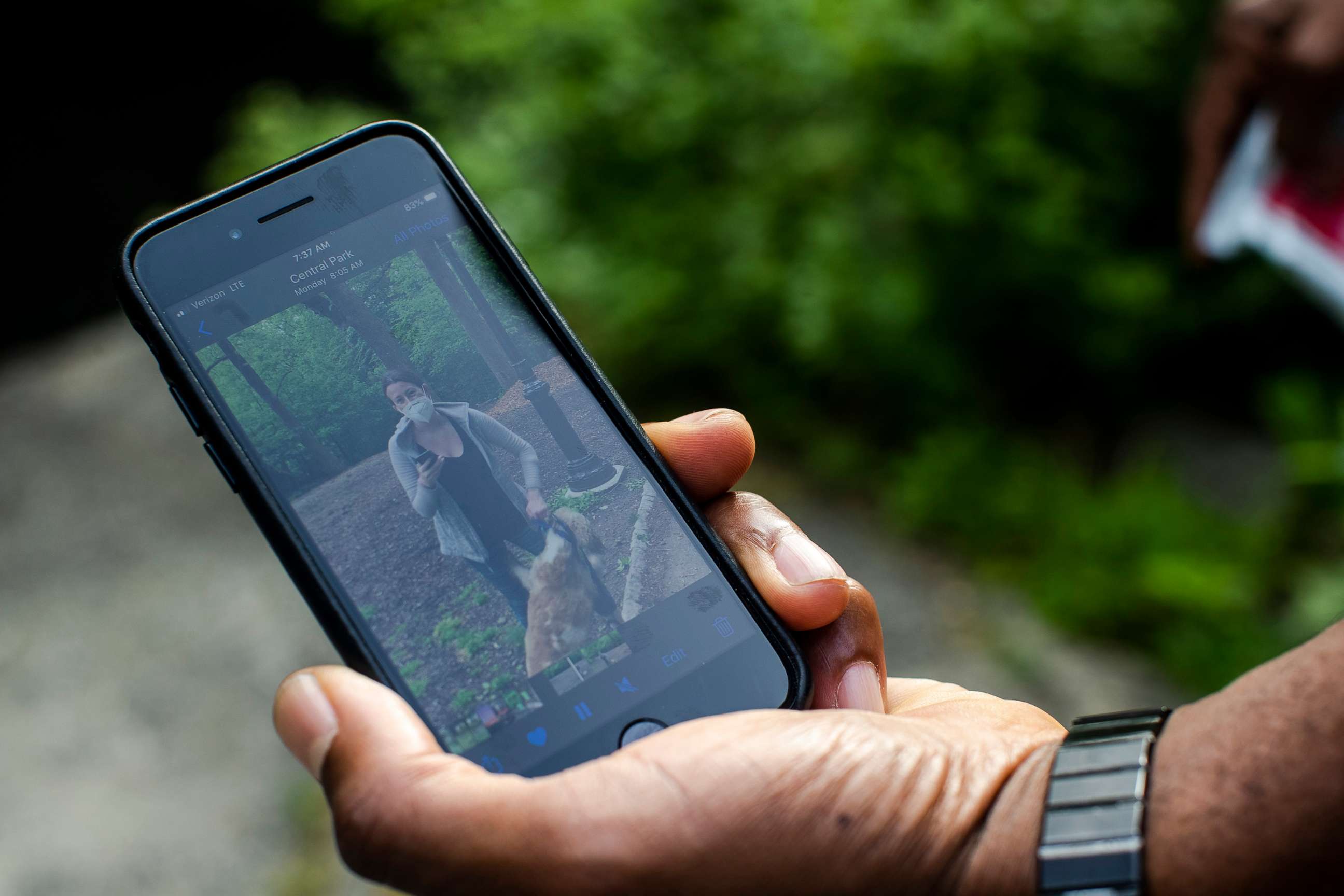
Though she later apologized, in that moment, experts said, she was leveraging a history of privilege as a white woman and relying on a false narrative of being especially vulnerable to predatory attacks from black men.
"White privilege is about your blind spots," Gillespie said. "Privilege is born out of a hierarchal system where some people have more advantages than others. They do stuff like 'I don't like this conversation about leashing my dog so I am going to call NYPD and play the white damsel in distress role."
White privilege plays out in other more subtle ways too--especially in corporate spaces, Gillespie said, pointing to instances when those who have access to elite colleges and social clubs through a family legacy built during a time when people of color were not allowed such access, then use those connections to help their children, friends and the kids of their friends gain connections and jobs.
"If you got a job or connection from spaces that were de facto segregated, you might think you somehow earned it in a way that is more deserving than someone who got a position through affirmative action," Gillespie said. "That's white privilege."
"White privilege is not worrying about what type of mask to wear or whether to wear one at all because coronavirus doesn't impact your community as much. Or not worrying about getting shot by the cops if you're pulled over. Or not having to think about someone following you around the store. White privilege is not that white people have no problems and blacks have all the problems," she said. "It's that blacks have unique and historic challenges all tied to the color of their skin."
White fragility Refers to the negative emotional reaction some whites have when racism on various levels is called to their attention by people of color, sociology and African American studies experts said.
"White fragility is based on people of color having to couch statements and feelings for the comfort of white people," Bailey said. "When you're trying to describe a system where there are inequities built into it, people start crying and talk about their experience and it acts as a barrier to people of color sharing it with white people because they can't handle it."
While it is normal to feel upset when confronted with uncomfortable truths and perspectives, white fragility supports racism because it shifts the power dynamic in an insidious way, Neal said. All of a sudden, the conversation becomes less about what the person of color experienced, but the white person's reaction, and, in so doing, is an attempt to undercut the validity of the person of color's experience.
"It's the whole 'I can't believe you accused me of that. I'm not a racist' defense. it forces black people to be in defense positions because of white people's hurt feelings" Neal said. "What you end up managing is their grief and trauma which become a bigger issue. If you are an African American who raises issues of racism or discrimination, you always have to consider how white people are going to react and then how people react to that reaction."
White fragility can have an especially negative impact in work and social spaces, experts said.
When confronted by a person of color with their experiences of racism, white fragility can manifest as 'Oh she was being so aggressive and so unprofessional. I don't think she is a good fit here anymore' and therefore have retaliatory impacts for someone's employment," Bailey said, adding "We should not have to cater to the comfort of white people. We shouldn't limit justice based on the comfort of white people. White fragility is that inherent sense that you have to take care of white people and their feelings."
Microaggression This refers to the "quotidian racial slights that accumulate and make a person feel marginalized," Gillespie said.
Microaggression can manifest in myriad ways in every day interactions and communication as the "small actions, comments, snide or snarky expressions that show their value in a structure," Gillespie added.
For example, it can present as not directly answering a black colleague who raised a question in an email chat or meeting and instead directing your response to someone else who is white or perceived as less challenging to your beliefs, Neal said.
It can also occur when a person of color is deliberately left off such email chains or meetings, he and other experts added. It's when the white manager takes certain staffers out for afterwork cocktails and never invites the staffer of color.
The problem of lack of diversity in workplace settings also presents through microaggression as well, experts said, pointing out that when it comes to taking in experience gleaned from minority-owned or focused companies or attending historically black colleges and universities, sometimes that experience is viewed as somehow less valid.
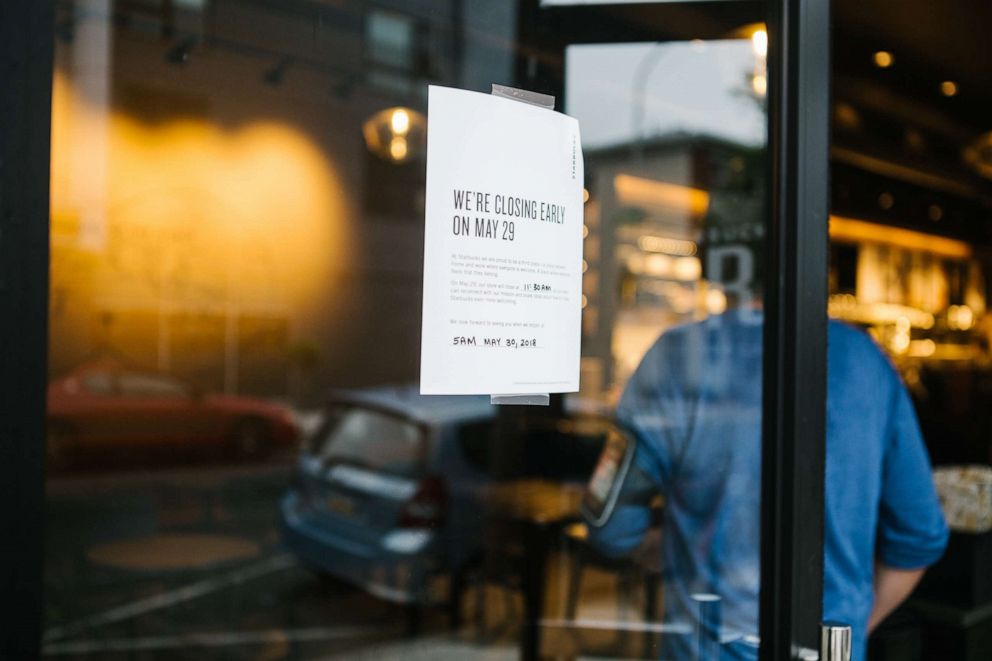
"During a hiring process, you may be hiring a number of different candidates. Those hiring panels are usually mostly white, maybe one token person of color. They'll have two candidates one white, the other a person of color, both equally qualified. You'll hear that other person 'is not just the right fit for our organization,' " Bailey said adding "It's a microagression a lot of people of color experience every day. Then, for the sole person of color in the room, the onus is on them to say 'What do you mean not the right fit?'
"And then they question 'why don't we have a diverse staff?' "
Microagressions also occur in other spaces such as classrooms, television casting, bars and other places, experts said. They point out that asking where someone of color is "really from", constantly mistaking one person of color for another or suggesting that they look like another person of color and having an expectation that a person of color should sound a certain way are all common microggressions.
Gillespie said common microaggressions include "not speaking to people of color in the hallway or in meetings when you speak to others. Telling a black person, 'you are so articulate.' Telling someone who is Asian American or LatinX that 'you speak English so well.' If you are a teacher that makes basketball references and always look over at the black kid."
"The example of the black girl on the reality show who is going to be a "trouble maker", grabbing your purse in a store when a black teen walks by, all of these are microaggressions," Gillespie said.
White-splaining in this context is "when a white person claims expertise on racial issues to a person of color," Gillespie said.
With Americans taking to the streets to protest the killing of George Floyd while in Minneapolis police custody, corporate America is now using this national moment to speak out on racism and pledge a renewed commitment to diversity and inclusion.
However, there are perils in this approach depending on how such messaging is phrased, experts said. As CEOs continue to issue strongly worded statements condemning racism and announce multi-million dollar initiatives to advance cause of diversity, the arrest and death of Floyd has brought renewed scrutiny to the lack of diversity within the c-suites of corporate America.
"Everyone needs a diversity statement. Some people are making statements when they haven't listened," Gillespie said.
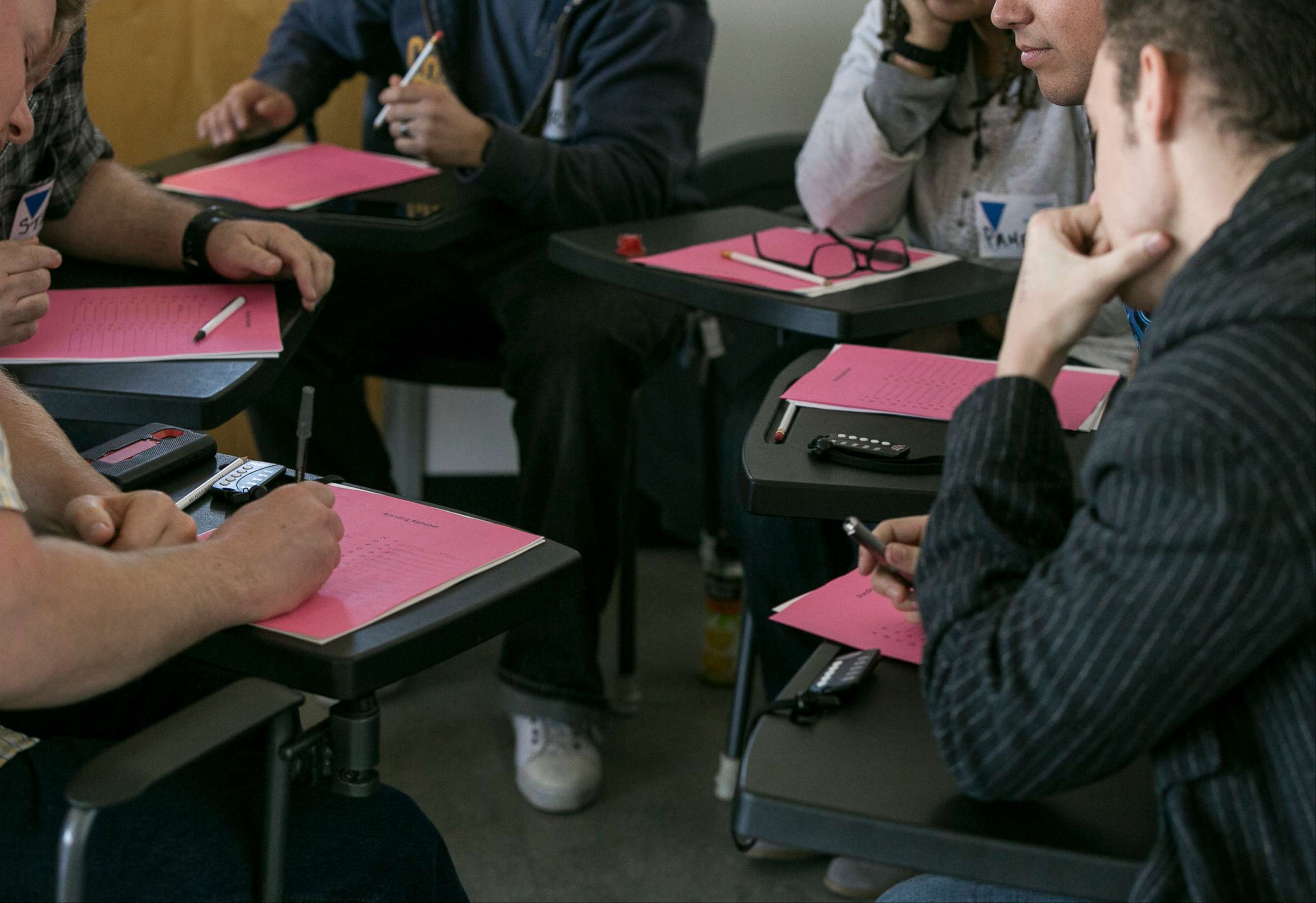
On an interpersonal level, white-splaining occurs when a "white person tries to explain the lived experience to a person of color, a complete disregard that manifests itself in the way that they haven't listened," Gillespie said. An example is when there are "meetings in which there are clear experts in the room on matters or race, those experts are ignored" and someone white without that background explains the issue.
White-splaining, she said, is "when white people speak out of arrogance and lack of humility and part of it is dominance. They are used to being dominant and they are exercising that dominance over the person of color."
Often, the white person couches their expertise by explaining they know what they are talking about because they are "raising a black kid, married to a black spouse, have a black friend or friends. These are all excuses and an attempt at a buffer. They point it out as a badge of honor and marker of one's liberalism," Gillespie said.
"For some people they don't realize their arrogance takes on whatever status they embody," she added.
As many Americans work to confront the ways racism impacts their lives in broader systemic and individual ways, it's important to be open to self reflection and learning more from others--especially from the lived experiences of people of color, sociology and African American studies experts told ABC News.
"Challenge yourself with difficult writings. If you are in a space where you are in a position of power, endeavor to listen more than you speak," Gillespie said. "This is definitely a time of listening and reflecting and intentionality. No one is asking anybody to walk on eggshells. If you are someone who feels like they walk into a space like they own it consider whether you feel you can do that because of the privileges you have and because of your whiteness. If someone points something out to you, be willing to ask questions if you don't understand. But also be willing to receive the critique."




